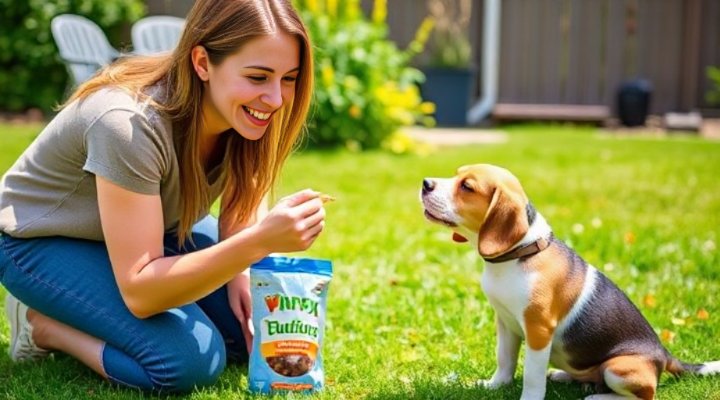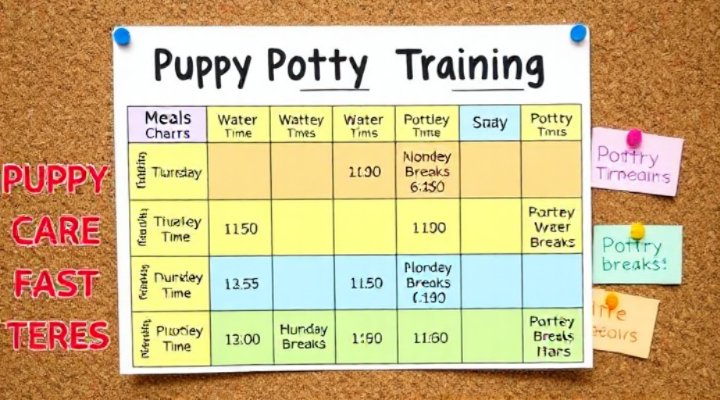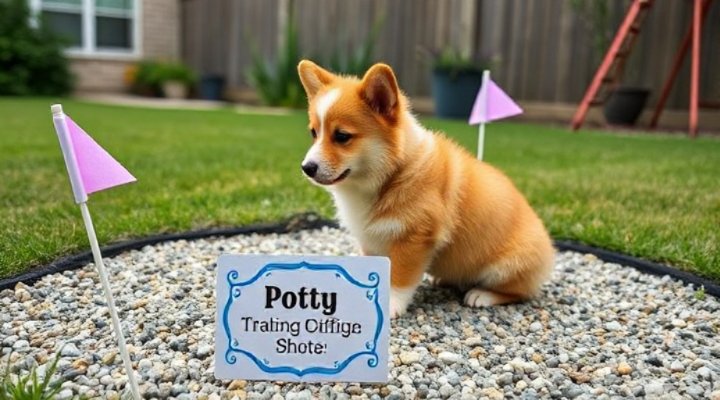Potty training is one of the first challenges new puppy owners face, but with the right approach, it can be a bonding experience rather than a frustrating one. The best way to potty train a puppy combines consistency, patience, and positive reinforcement. Let’s explore the most effective methods to help your furry friend become house-trained.

Understanding Your Puppy’s Needs
Before diving into techniques, it’s crucial to understand that puppies have small bladders and need frequent bathroom breaks. Generally, a puppy can hold their bladder for one hour per month of age. For example, a 3-month-old puppy typically needs to go every 3 hours. This is why establishing a consistent schedule is so important in potty training.
Signs Your Puppy Needs to Go
Watch for these common signals: circling, sniffing the ground, whining, or suddenly stopping play. When you notice these behaviors, immediately take your puppy to their designated potty area.

Creating a Potty Training Routine
Consistency is key when housebreaking your puppy. Follow these steps for best results:
- Take your puppy out first thing in the morning
- Schedule potty breaks after meals, naps, and play sessions
- Use the same door and path to the potty area each time
- Choose a specific command like ‘Go potty’
Remember, positive reinforcement works much better than punishment. Always praise and reward successful potty trips.

Accident Management
Accidents will happen – it’s part of the learning process. When they occur:
- Clean thoroughly with enzymatic cleaner to remove odors
- Don’t punish after the fact – puppies don’t connect punishment with past actions
- If you catch them in the act, interrupt gently and rush them outside
Consider using crate training as an aid – most puppies won’t soil their sleeping area.

Transitioning to Outdoor Potty
Once your puppy masters indoor training, gradually move their potty area outside. Start by placing training pads near the door, then just outside, until eventually they’re going in the yard. This phased approach helps prevent confusion.
Nighttime Training Tips
For overnight success:
- Limit water 2 hours before bedtime
- Take one last potty break right before sleep
- Set an alarm for a midnight bathroom run for young puppies
With consistency, most puppies can be fully potty trained by 4-6 months of age. Remember that every puppy learns at their own pace, so stay patient and positive throughout the process.
For more training tips, explore our puppy training basics guide to build on this foundation.
Related Keywords: puppy potty training schedule, housebreaking a puppy fast, how to train a puppy to go outside, potty training methods for dogs, best age to potty train a puppy

